Posted on 8/29/2025
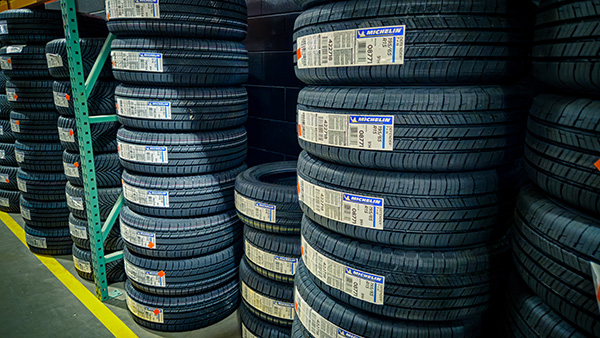
When it comes to tires, longevity is important. No one wants to replace their tires more often than necessary, and that’s where Michelin has earned its reputation. Known for lasting tread life, consistent performance, and strong safety ratings, Michelin tires are a favorite among drivers who want both value and reliability. But what makes Michelin tires hold up so well over time? Let’s explore the features, materials, and design choices that contribute to their exceptional durability. Built With Premium Rubber Compounds One reason Michelin tires last longer is the quality of the materials used. The company invests heavily in proprietary rubber blends designed to resist wear without compromising traction. These compounds are developed to maintain performance in hot and cold temperatures, reducing the breakdown that typically leads to premature tire replacement. Mi ... read more
Posted on 7/25/2025
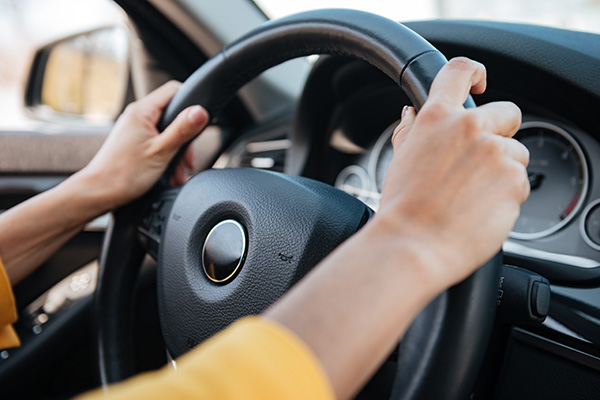
Turning the steering wheel should feel smooth and responsive, allowing you to navigate safely and confidently. When your steering wheel becomes stiff or hard to turn, it can be both alarming and dangerous. Difficulty steering can make parking or taking tight turns challenging and can increase your risk in emergency situations. Understanding why this happens and addressing it quickly can help keep you safe on the road. Low or Leaking Power Steering Fluid One of the most common reasons for a hard-to-turn steering wheel is low or leaking power steering fluid. This fluid helps create the hydraulic pressure that makes steering easy. Over time, leaks can develop in hoses, seals, or the power steering pump, which reduces fluid levels and causes the steering to become stiff. Signs of a leak include fluid puddles under your vehicle (usually reddish or amber in color) and a whining noise when you turn the wheel. Checking and refilling power steering fluid may provide temporar ... read more
Posted on 6/27/2025

When you get a new set of tires installed, your old ones are quickly removed, stacked aside, and taken out of sight. But have you ever wondered what actually happens to them? With millions of tires replaced every year in the United States alone, proper disposal and recycling is a major environmental concern and also a remarkable example of how waste can be transformed into something useful. Tires are made of durable, non-biodegradable materials. This means they won’t naturally break down in landfills. That’s why it’s so important for old tires to be handled responsibly. At our repair shop, we make sure that the tires removed from your vehicle don’t go to waste. Why Tires Can’t Just Go in the Trash Because tires contain steel, synthetic rubber, and other chemicals, they can’t be disposed of like regular household garbage. In fact, many landfills won’t even accept whole tires because they take up space, trap gases, and can dam ... read more
Posted on 5/30/2025
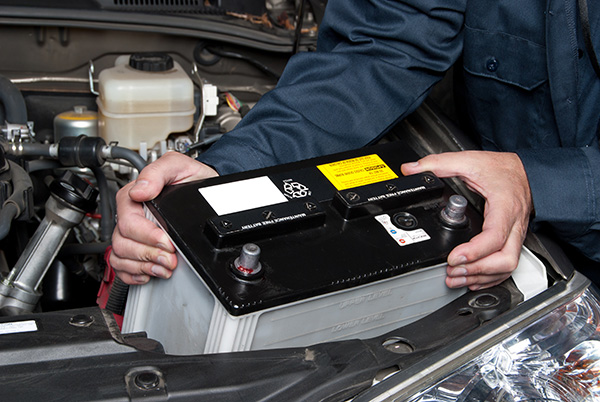
Few things are more frustrating than heading out in the morning, turning the key—or pressing the start button—and hearing nothing but a weak click. If your battery keeps dying faster than it should, something isn’t right. Car batteries are designed to last several years and hold a charge for days, even weeks, without driving. So when they start draining overnight or unexpectedly, it’s a sign that something’s pulling power when it shouldn’t. If your battery can’t hold a charge or goes dead too often, here are the most common causes and what you can do about them. 1. Parasitic Battery Drain Even when your car is turned off, certain systems—like the clock, alarm, or keyless entry—continue drawing a tiny amount of power. That’s normal. But if something else is staying on when it shouldn’t, it can drain the battery in a matter of hours. This is called a “parasitic drain,” and it&rs ... read more
Posted on 4/25/2025
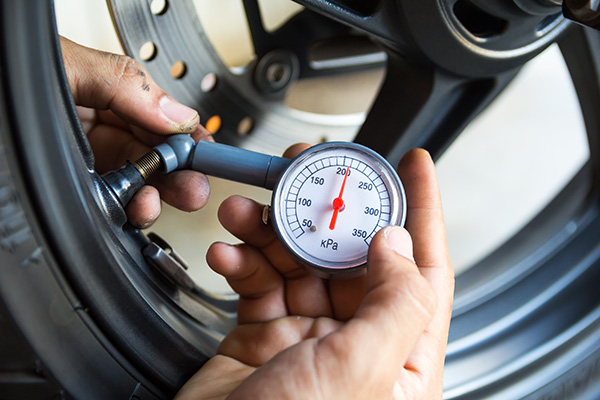
Tire pressure might not be something you think about often, but it plays a major role in how your car drives, handles, and uses fuel. What catches a lot of drivers off guard is how much things like weather and elevation can mess with it. One cold night or a drive up into the mountains can be enough to trigger your tire pressure warning light—even if your tires were fine the day before. Knowing how temperature and altitude affect your tires can help you catch issues early, avoid unnecessary wear, and keep your car performing like it should. What Happens to Tire Pressure When the Temperature Drops Tire pressure fluctuates with temperature because air expands and contracts with heat. When the temperature drops, so does the pressure inside your tires. On average, you lose about 1 PSI (pound per square inch) for every 10°F drop in temperature. That means if it was 80°F yesterday and dropped to 40°F overnight, you could lose 4 PSI in each tire without e ... read more
Posted on 3/28/2025
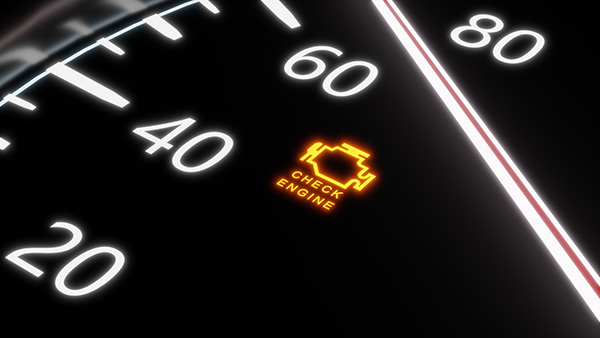
Seeing your check engine light turn on is never a welcome sight, but it doesn’t always mean immediate trouble. Sometimes, it’s a minor issue like a loose gas cap, while other times, it signals a more serious problem that could lead to engine damage. The key is knowing when it’s safe to keep driving and when you should stop and get your car checked out. Ignoring the light for too long could turn a small fix into an expensive repair—are you sure your car is okay to keep going? What Does the Check Engine Light Mean The check engine light is part of your car’s onboard diagnostics system (OBD-II) and turns on when the system detects an issue. Sometimes, it signals a minor problem, like a loose gas cap, while in other cases, it indicates a serious issue, such as an engine misfire. A steady check engine light means the problem is not an immediate emergency, but it should be checked soon. A flashing light, however, suggests a critica ... read more
Posted on 2/28/2025
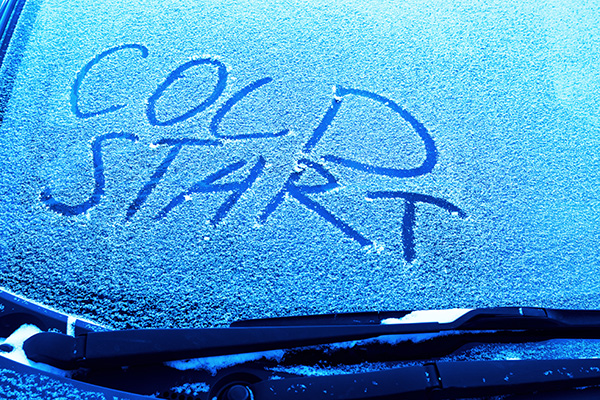
Nothing is more frustrating than getting into your car in the morning, turning the key, and experiencing a slow, hesitant start. A vehicle that struggles to start first thing in the morning is a sign that something isn’t working quite right. While your car may eventually turn over, it’s trying to tell you that something needs attention. Cold Weather and Battery Performance Temperature plays a big role in how your car starts, especially in North Carolina and South Carolina, where mornings can be chilly in the fall and winter months. Cold weather slows down the chemical reactions inside your battery, making it harder to generate the necessary power to start your engine. A weak battery will struggle even more in cold conditions. If your car cranks sluggishly when you start it, or you notice dimming headlights before the engine turns over, your battery may be losing its charge. If your battery is more than three years old, it’s a good idea ... read more
Posted on 1/31/2025
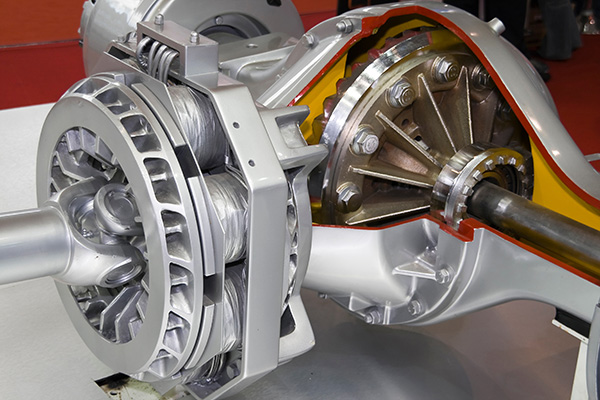
If you've ever wondered how your car is able to turn corners smoothly without dragging its wheels, you can thank the differential. This component often goes unnoticed, but it plays a crucial role in ensuring that your vehicle’s wheels work together effectively. Let’s take a closer look at how a differential operates and why it is so essential for your car’s performance. What Does The Differential Do At its core, the differential is a mechanical device that allows your car's wheels to rotate at different speeds while still receiving power from the engine. This might sound complicated, but it’s essential when your car takes a turn. When your vehicle turns, the inside wheels cover less distance than the outside wheels. Without a differential, all wheels would be forced to rotate at the same speed, causing unnecessary strain and wear on your tires and drivetrain. The differential ensures that power is distributed appropriately ... read more